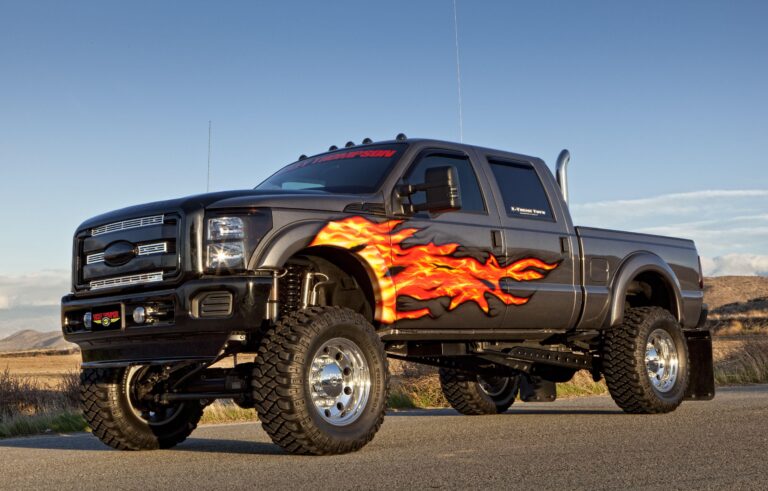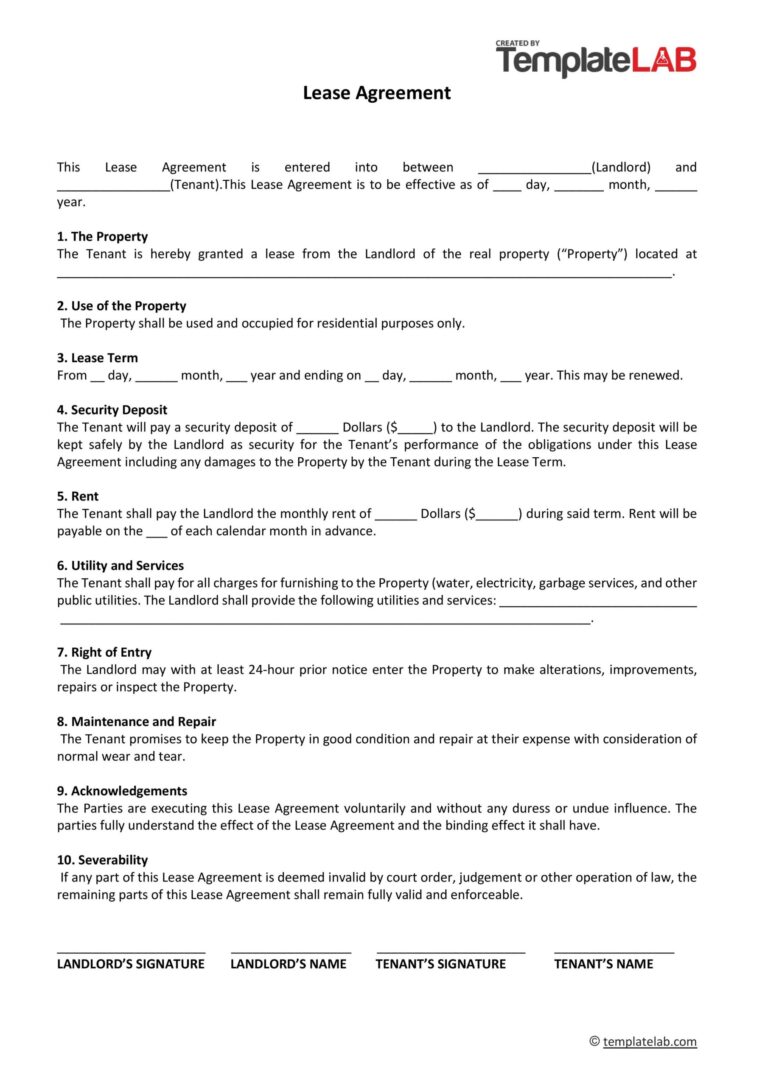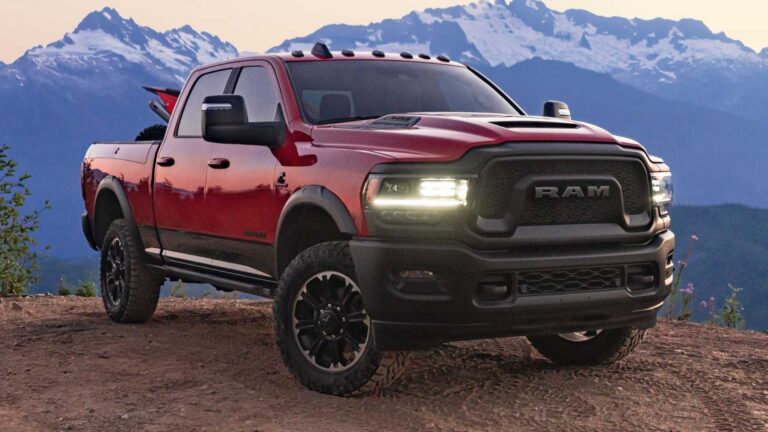Make Flat Bed Truck: Your Comprehensive Guide to Building and Customizing
Make Flat Bed Truck: Your Comprehensive Guide to Building and Customizing cars.truckstrend.com
The flatbed truck stands as a titan of versatility in the automotive world. Unlike conventional pickup trucks with enclosed beds, a flatbed offers an open, unhindered surface, making it ideal for hauling oversized, irregularly shaped, or palletized loads that would otherwise be impossible to transport. From construction materials and landscaping supplies to ATVs, farm equipment, and even tiny homes, the utility of a flatbed is unmatched.
For many, the idea of owning a flatbed truck brings to mind significant investment. However, a growing number of enthusiasts, tradespeople, and DIYers are discovering the immense benefits of "making" a flatbed truck – whether by converting an existing pickup, building on a bare chassis, or extensively customizing an older vehicle. This comprehensive guide will walk you through the journey of creating your own flatbed truck, exploring the benefits, processes, challenges, and everything in between.
Make Flat Bed Truck: Your Comprehensive Guide to Building and Customizing
Why Make Your Own Flatbed Truck? Benefits & Considerations
The decision to build or convert a flatbed, rather than purchasing a factory-built one, offers a compelling array of advantages:
- Cost-Effectiveness: Often, the most significant driver is cost. A used pickup truck or a bare cab-and-chassis can be acquired for a fraction of the price of a new or specialized flatbed truck. The materials for the bed itself are also relatively inexpensive compared to a full vehicle purchase.
- Customization & Specificity: This is where DIY truly shines. You can design the flatbed precisely to your needs – custom dimensions, specific tie-down points, integrated toolboxes, a particular headache rack design, gooseneck hitch placement, or even specialized ramps. Your flatbed will be optimized for your work, not a generic market.
- Revitalizing an Old Chassis: Giving new life to a reliable, older truck chassis is an environmentally friendly and practical approach. If the engine, transmission, and frame are sound, a new flatbed can transform an aging vehicle into a highly functional workhorse.
- Learning & Satisfaction: For those with a mechanical inclination, the process of designing and fabricating your own flatbed is an incredibly rewarding learning experience. The satisfaction of using a truck you built with your own hands is unparalleled.

However, it’s crucial to consider the flip side:
- Time & Skill Commitment: Building a flatbed is not a weekend project. It requires significant time, patience, and a certain level of mechanical and fabrication skill, particularly welding.
- Tool Investment: You’ll need access to tools like welders, grinders, cutting tools, drills, and various hand tools.
- Legal & Safety Compliance: Ensuring your build meets local regulations for vehicle safety, lighting, weight limits, and registration is paramount. This is not a step to overlook.

Choosing the Right Foundation: The Chassis
The success of your flatbed project hinges on selecting the right donor vehicle or chassis.

- Pickup Trucks (Older Models): This is the most common starting point. Older, full-size pickups (e.g., Ford F-Series, Chevy Silverado/GMC Sierra, Dodge Ram) are excellent candidates. Look for trucks with a robust, straight, and rust-free frame. The engine and transmission should be in good working order, as these are the most expensive components to repair or replace.
- Cab & Chassis Trucks: These are purpose-built for commercial upfitting and come from the factory without a bed, making them an ideal blank slate. They often have stronger frames and more robust suspensions designed for heavy loads.
- Frame Integrity: This is non-negotiable. Inspect the frame meticulously for rust, cracks, bends, or previous accident damage. A compromised frame is a safety hazard and an insurmountable obstacle.
- Gross Vehicle Weight Rating (GVWR) & Gross Axle Weight Rating (GAWR): Understand these ratings for your chosen chassis. They dictate the maximum allowable weight of the vehicle and its cargo. Your new flatbed structure itself adds weight, reducing your available payload capacity. Do not exceed these ratings for safety and legality.
- Engine, Transmission, Suspension, Brakes: Ensure these critical components are in good condition. You’re building a work truck; it needs to be reliable and safe. Factor in potential maintenance or upgrades for these systems into your budget.
Design and Planning Your Flatbed
Before cutting any metal, meticulous planning is key. This phase prevents costly mistakes and ensures a functional, safe, and aesthetically pleasing result.
- Measurements are Critical:
- Frame Length: Measure the usable frame length behind the cab.
- Desired Bed Length & Width: Consider your typical cargo. Will it fit within standard road limits (often 8.5 feet wide)? How much overhang is acceptable?
- Cab Clearance: Ensure adequate space between the flatbed and the truck cab, especially for tilting cabs or if you plan a headache rack.
- Wheel Well Clearance: Design the bed to clear the rear wheels, accounting for suspension travel.
- Material Selection:
- Steel: The most common choice due to its strength, durability, and relatively low cost. Various forms are used:
- Structural Steel (Angle Iron, Square/Rectangular Tubing, C-Channel): For the main frame of the flatbed.
- Sheet Steel (Diamond Plate, Smooth Steel): For the decking. Diamond plate offers better grip.
- Aluminum: Lighter, corrosion-resistant, and visually appealing, but significantly more expensive and requires specialized welding techniques. Ideal if weight savings are paramount for payload capacity.
- Wood: Often used for decking (e.g., treated lumber, oak). It’s more affordable, easy to replace, and offers good grip but is less durable than steel and requires more maintenance. Often combined with a steel subframe.
- Steel: The most common choice due to its strength, durability, and relatively low cost. Various forms are used:
- Key Features to Consider:
- Headache Rack: Essential for protecting the cab from shifting loads. Can integrate lighting or tool mounts.
- Stake Pockets: Allows for removable side stakes or a full perimeter fence.
- Tie-Down Points: D-rings, rub rails, or winch mounts – strategically placed and strongly reinforced.
- Gooseneck/Fifth Wheel Prep: If you plan to tow heavy trailers, integrate the necessary bracing and mounting points into the subframe.
- Under-Body Toolboxes: Maximize storage space.
- Lighting Integration: Plan for tail lights, brake lights, turn signals, and marker lights (especially for wider beds).
- Ramp Storage: If you’ll be loading ATVs or equipment, consider integrated ramp storage beneath the bed.
- Sketches and Blueprints: Draw out your design to scale. Include all dimensions, material types, and connection points. This blueprint will be your roadmap during the build.
The Build Process: Step-by-Step Guide
This is a generalized guide; specific steps will vary based on your design and donor vehicle.
- Preparation of the Chassis:
- Safely remove the existing pickup bed or utility body.
- Thoroughly clean the chassis frame of dirt, rust, and debris.
- Inspect the frame again for any issues you might have missed. Address any rust spots with wire brushing and rust converter/primer.
- Frame Modification (If Necessary):
- If your design requires extending the frame (e.g., for a longer bed on a short-wheelbase truck), this is a critical step. Frame extensions must be done by a certified professional welder following strict safety protocols and engineering principles. Improper frame modification can lead to catastrophic failure.
- Constructing the Flatbed Subframe:
- Lay out your main longitudinal beams (running front-to-back) and crossmembers (running side-to-side) according to your design.
- Weld these components together, ensuring everything is square and level. Use strong, continuous welds.
- Fabricate the mounting points that will connect the flatbed subframe to the truck’s chassis. These should align with the original body mounts or new, reinforced points on the chassis.
- Mounting the Flatbed to the Chassis:
- Carefully position the fabricated flatbed subframe onto the truck chassis.
- Secure it using heavy-duty bolts and appropriate mounting hardware. Crucially, allow for some frame flex. Do not rigidly weld the entire flatbed directly to the chassis frame, as this can cause stress cracks in both the flatbed and the chassis. Use rubber or polyurethane body mounts if possible.
- Decking Installation:
- Cut your chosen decking material (steel plate, aluminum, wood) to fit the subframe.
- Weld (for metal) or bolt (for wood/composite) the decking securely to the crossmembers and perimeter frame of the flatbed. Ensure flush mounting and proper drainage.
- Headache Rack & Side Rails (Optional):
- Construct the headache rack and weld it securely to the front of the flatbed frame.
- Fabricate and install stake pockets, rub rails, or fixed side rails as per your design.
- Lighting & Wiring:
- Install DOT-compliant tail lights, brake lights, turn signals, and marker lights.
- Run new wiring from the truck’s harness to the new lights. Use proper gauge wire, weather-sealed connectors, and ensure all connections are secure and grounded. Test all lights thoroughly.
- Finishing Touches:
- Clean all metal surfaces thoroughly.
- Apply rust-inhibiting primer and then a durable topcoat of paint. Consider truck bed liner for added durability on the decking.
- Install any accessories: toolboxes, tie-down D-rings, mud flaps, etc.
Important Considerations and Legalities
- Safety First: Always wear appropriate Personal Protective Equipment (PPE) – welding helmet, gloves, safety glasses, steel-toed boots. Ensure proper ventilation when welding or grinding. Use jack stands when working under the vehicle.
- Weight Distribution: A poorly balanced load or flatbed design can severely impact handling, braking, and tire wear. Aim to keep the center of gravity as low as possible and distribute weight evenly over the axles.
- GVWR & GAWR Compliance: Never exceed the manufacturer’s specified Gross Vehicle Weight Rating or Gross Axle Weight Ratings. Overloading is extremely dangerous and illegal.
- Lighting & Markings: All lights must be fully functional and visible. Wider beds may require additional marker lights and reflective tape to comply with Department of Transportation (DOT) regulations.
- Vehicle Registration & Inspection: This is paramount. After major modifications, your vehicle may need to be re-titled as "homemade," "reconstructed," or "modified" with your state’s Department of Motor Vehicles (DMV) or equivalent. It will almost certainly require a safety inspection by a certified mechanic or state inspector to ensure it is roadworthy and meets all legal requirements. Failure to do so can result in fines, impoundment, and insurance issues.
- Insurance: Inform your insurance provider about the significant modifications. Your policy may need to be adjusted to cover the new configuration and value.
Tips for Success & Avoiding Pitfalls
- Start Simple: If you’re new to fabrication, begin with a straightforward design. Complex features can be added later.
- Measure Thrice, Cut Once: Accuracy in measuring and cutting materials saves time and prevents waste.
- Invest in Quality Tools (or Rent): Good tools make the job easier, safer, and yield better results. A reliable welder is essential.
- Don’t Rush Welding: Take your time with welds. Ensure proper penetration and strength. If unsure, practice on scrap metal.
- Seek Professional Help: For critical steps like frame extension, complex wiring, or if you’re uncomfortable with heavy-duty welding, hire a certified professional. It’s an investment in safety.
- Document Your Process: Take photos and notes throughout the build. This can be helpful for troubleshooting, insurance, or future modifications.
- Budget for Unexpected Costs: Always add a contingency fund (10-20%) for unforeseen expenses like tool rentals, specific hardware, or professional assistance.
- Learn from Others: Watch videos, read forums, and talk to experienced fabricators.
Estimated Cost Breakdown for Making a Flatbed Truck
The cost of "making" a flatbed truck varies wildly depending on the donor vehicle, material choices, tools you already own, and how much work you do yourself versus hiring out. This table provides a hypothetical range of costs for common components and services.
| Component/Service | Low-End Estimate (DIY, Used) | High-End Estimate (Newer, Pro Help) | Notes |
|---|---|---|---|
| Donor Vehicle/Chassis | $1,500 – $5,000 | $8,000 – $20,000+ | Older pickup vs. newer cab & chassis, condition. |
| Steel (Frame/Decking) | $500 – $1,500 | $2,000 – $5,000 | Mild steel vs. heavy-duty, diamond plate, custom cuts. |
| Aluminum (Frame/Decking) | $2,000 – $4,000 | $5,000 – $10,000+ | Lighter, corrosion-resistant, but more expensive. |
| Wood Decking | $200 – $500 | $500 – $1,000 | Treated lumber vs. hardwood, composite. (Used with steel subframe) |
| Lighting & Wiring | $100 – $300 | $300 – $800 | Basic LED vs. integrated kits, additional marker lights. |
| Fasteners & Hardware | $50 – $200 | $200 – $500 | Bolts, nuts, washers, tie-downs, hinges, latches. |
| Paint & Finishing | $100 – $300 | $300 – $1,000 | Basic primer/paint vs. durable bed liner, professional coating. |
| Tools (Initial Invest.) | $0 – $500 (if renting/borrowing) | $500 – $3,000+ | Welder, grinder, cutting tools, PPE. (One-time cost if you keep them) |
| Professional Services | $0 (if fully DIY) | $500 – $3,000+ | Welding assistance, frame inspection, vehicle re-certification. |
| Miscellaneous | $100 – $500 | $500 – $1,500+ | Unexpected parts, consumables, delivery fees, registration fees. |
| TOTAL ESTIMATE | $2,650 – $10,000 | $15,100 – $46,600+ | These are rough estimates and can vary significantly. |
Frequently Asked Questions (FAQ)
Q: How much does it cost to make a flatbed truck?
A: As detailed in the table above, the cost varies widely, from a few thousand dollars for a basic DIY conversion on an older chassis to over $40,000 if you start with a newer chassis and hire out much of the work. The biggest variables are the donor vehicle’s cost and whether you use steel or aluminum for the bed.
Q: What’s the best material for the flatbed deck?
A: Steel diamond plate is popular for its strength and grip. Smooth steel is also used but can be slippery when wet. Aluminum is lightweight and corrosion-resistant but more expensive. Treated lumber or composite decking over a steel subframe is a cost-effective option, offering good grip and easy replacement, though it may require more maintenance.
Q: Do I need to be a professional welder to build my own flatbed?
A: You don’t need to be a professional, but solid welding skills are crucial for structural integrity and safety. If you’re not confident in your welding abilities, consider taking a welding class or hiring a certified welder for critical joints and frame modifications.
Q: Is it legal to build my own flatbed truck?
A: Yes, it is generally legal to build or modify your own vehicle, but you must comply with all local, state, and national regulations regarding vehicle safety, lighting, weight limits, and registration. This typically involves getting the vehicle inspected and potentially re-titled as a "reconstructed" or "homemade" vehicle. Always check with your local DMV or equivalent agency before starting.
Q: How long does it take to build a flatbed truck?
A: This depends heavily on your skill level, the complexity of your design, and the amount of time you can dedicate. A simple conversion might take a few weekends, while a complex, custom build could stretch over several months of dedicated work.
Q: Can I convert any pickup truck into a flatbed?
A: Most full-size pickup trucks with a body-on-frame design can be converted. Older trucks often have simpler electronics and more accessible frames, making them easier candidates. Ensure the frame is sound and the engine/drivetrain are reliable.
Conclusion
"Making" a flatbed truck is a challenging yet incredibly rewarding endeavor. It offers unparalleled customization, significant cost savings compared to purchasing new, and the deep satisfaction of creating a purpose-built tool with your own hands. From selecting the right chassis to meticulously designing and fabricating the bed, every step requires careful planning, adherence to safety protocols, and an understanding of legal requirements.
While the journey demands time, effort, and a certain level of skill, the result is a highly versatile, robust, and personalized workhorse tailored precisely to your needs. With thorough research, careful execution, and a commitment to safety and compliance, your DIY flatbed truck can serve you reliably for years to come, proving that sometimes, the best tools are the ones you build yourself.






